Ragazzi ‘99 park
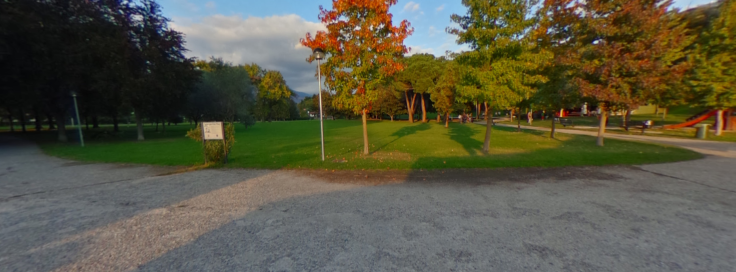
The Ragazzi ‘99 park is a green area in the north of Bassano’s historical centre, opened in 1974. It was called “Ragazzi ‘99 park (‘99’s park) in honor of the 1899’s boys the were the last soldier that had taken part of the World War First, but the park had been renamed Santa Caterina Park by the population of the city because of the zone where it’s located. The name is due to the memorial statue in the centre of the park. The monument is composed by a bronze statue that represents an infantryman with helmet, cape and rifle, while he’s walking with the outstretched arm toward the Grappa. The statue is set on a marble pedestal where are located 2 bas-reliefs that represent the main events of the war and on the left there is a crypt with the names of the young soldiers who were given the Gold Medal at the Value and all of them were missing or dead in the war. Finally in the park you can see 11 boulders from the Grappa’s mountains dedicated to 11 Gold Medal at the Soldierly Value and a tombstone with the General Giardino’s estimation sentences that he told when he thanked the ‘99 soldiers for their intervention on the Grappa.
The statue of Generale Giardino

At the end of Viale delle Fosse, in the heart of Bassano del Grappa, it was erected a statue in honor of General Gaetano Giardino, Commander of the 4TH Army from February 1918 and protagonist of the last months of the great war on Monte Grappa.
It dates back to August 3, 1936 when the PNF (fascist party) and the city of Turin donated it to the municipality. The work is of sculptor Stefano Borelli, while the stand was doing by the roman architect Achille Morbiducci.The statue, about 4 metres high, depicts General Giardino while staring the Monte Grappa and the Valsugana, the places where he conducted important operations for the final victory of the Kingdom of Italy. It hold a pair of binoculars in his right hand, and he is leaning on a stick.On the stand instead there is a simple inscription with his name and the famous phrase “Monte Grappa tu sei la mia Patria”(“Monte Grappa you are my Home”), the first verse of the song written in the last year of the war.
Gate of the grace
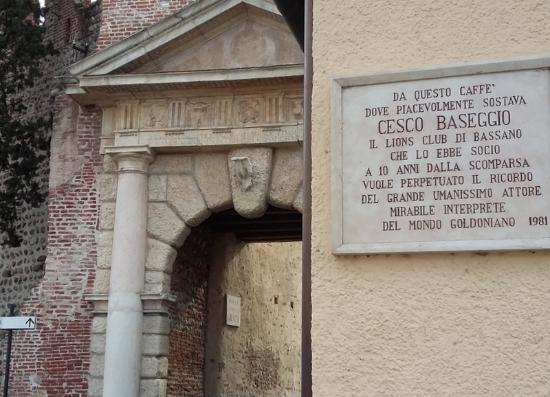
Not far from the monument to Generale Giardino there is the east gate of the city; where they passed those who were bound for Germany or Austria, this was also called “Germany port”. From viale dei Martiri to the right of the facade of the chiesetta delle Grazie and left stands the Tower of the old city walls, still imposing, where on his wall there is a large plaque that remind the soldiers who died for liberty. The name of the graces was given following an alleged miraculous intervention of the Virgin Mary. As handed down in November 1390 Cristoforo de ‘ Beraldi, who had been driven into exile by the Visconti,tried with treason, to return to the city with a group of local people and soldiers from padova, whose leaders, the Carraresi, were bitter enemies of the Visconti. There was a fierce battle but eventually the assailants were defeated. Soon word spread that this was due to the grace of Virgin Mary revered in capital there, and since then called ”delle Grazie”.
The avenue of martyrs

The avenue of martyrs is along a tree-lined avenue called Martyrs Avenue in memory of those 31 partisans who died for the liberty of Italy. On 26 September 1944 in Bassano del Grappa 31 young Bassanese partisans caught following a rampage on the Grappa and the other neighboring mountains were hanged along an avenue, a Venetian town. This action by the Nazi-Fascist military caused the deaths of more than 400 anti-Fascists and the deportation of another 500. For each tree there was a hangover: each of them had hands tied behind his back and carried a plate on his chest, reciting “Brigands”. The Nazis believed to be responsible for the massacre have never been tried by the Italian State for their crime. In the afternoon of that distant September was given the order to kill the 31 young people. These, previously, had injected in order to diminish their reactive abilities all young people even eighteen. The bodies were on display for almost a full day, about twenty hours, to frighten the inhabitants and dissuade them from participating in rebellion against the regime. On all other trees is the name, surname and also the photo; Except for one, unfortunately, unknown. Until 1866 the avenue was protected to the north by the medieval walls, then demolished, allowing a wider view of the rich Bassanese family who with their palaces had become one of the most prestigious areas in the city.Along the avenue, in fact, you can notice two panoramic telescopes with which you can see the Grappa top, one of the main fronts of the war for the soldiers.
Ezzelini’s castle

The origins of the castle date back to pre-Roman times, but the structure that we can still admire dates back to the beginning of the 12th century when ruled the Ezzelini dynasty, a German family related to the Emperor, who settled here definitively after The vicissitudes that saw their withdrew from the castle of Onara (Padua) and then from Castel di Godego (Treviso), to finally settle in the nearby castle of Romano. The castle remained in perfect efficiency even with the subsequent domination of Visconti and Scaliger, to finally pass to the Serenissima Republic in 1404. The fortress was built for defensive purposes, considering the strategic importance of Bassano del Grappa as a corridor in the Alps. During the Venetian “pax”, however, the city lost its military role, devoting mainly to commercial and craft activities and so also military constructions were forgotten and left to themselves. Only after a recent restoration work, the castle has regained its ancient splendor. The visitor today can access the courtyard of the guardhouse, where the path that leads up to the ramparts of the castle begins, and admire the truly enchanting views of the city, the Grappa massif and the Brenta River. During the summer the castle is the stage to the prestigious Bassano Opera Festival.
Church of Santa Maria in Colle
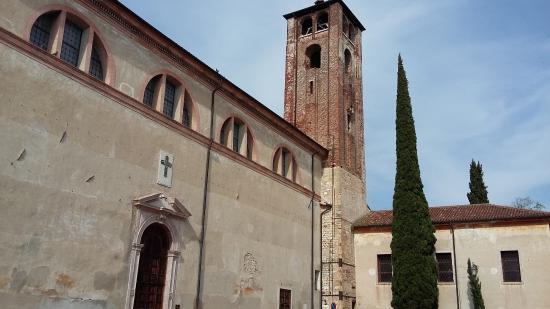
The first historical source that attests to the presence of this church dates back to 998, where the Church is mentioned in an accommodation document. The name Maria in Colle comes from a depiction of the Virgin represented on a hill, and the image, which is considered very old, was worshiped by the local belivers. The church is the oldest and most important of the city, is located within the walls of the Upper Castle, it is also the first living nucleus of Bassano del Grappa. Little remains of the original building, now appears to our eyes with a strong Baroque style. Inside we can admire the altarpiece of 1595 and the “St. Stephen’s Lapidation” both attributed to Leandro da Ponte. The organ that dates back to 1796 is also of great value. In the ceiling of the church are represented San Bassiano, patron of the city.
The alpine bridge
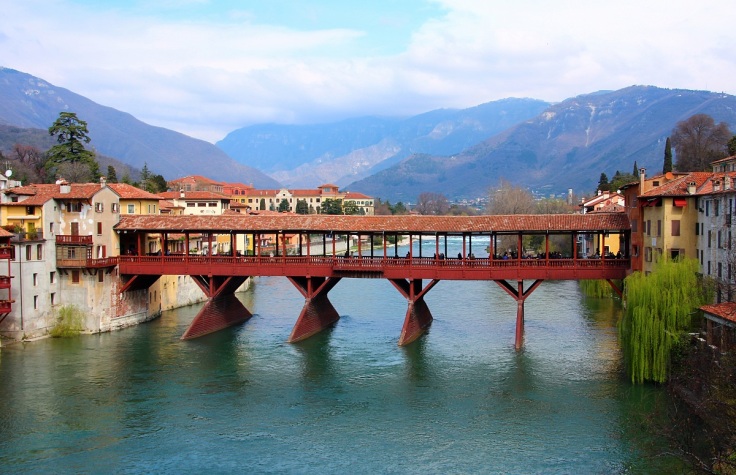
The alpine bridge, called the old bridge, is considered one of the most characteristic bridges in Italy. The existing bridge from 1209 to 1569 was a wooden structure on pylons. To protect the bridge, in 1315, two towers were built. In 1511, the bridge was burned by French troops, led by Jacques De La Palice, to escape the imperial army during the Cambrai League War. In October 1567 a full of Brenta river overtook the bridge. Andrea Palladio, an architect, was involved in the reconstruction: he presents two project, among which he was chosen, 1569, the second recalling the previous structure. The bridge resisted until 1748 and then collapsed because of another full. It was rebuilt by Ferracina and in 1813 the bridge was burned by the Viceroy Eugene of Beauharnais and later rebuilt by Casarotti. During the First World War, the Italian troops of Luigi Cadorna crossed the bridge to face the famous defense of the territories of the plateau of Sette Comuni. The bridge was then unveiled to the ground for the third time by an explosion on February 17, 1945, caused by a group of 15 armed partisans and bicycles. There were considerable damage and two victims. In retaliation, the Nazis took three partisans from the prisons and shot them on the bridge. The bridge was built whit the secondo Palladio’s project. In the 1948 it was inaugurate with the presence of De Gasperi.
New Bridge
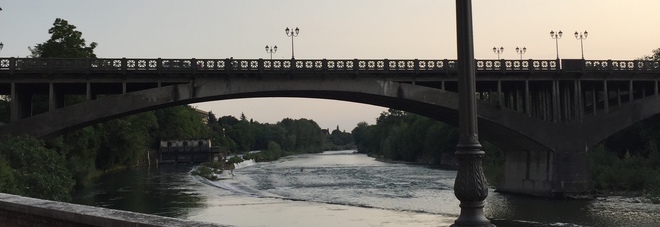
Its construction dates back to World War I and was inaugurated in 1917. It was destroyed by the three bombings of April 24, 1945, during World War II, but was rebuilt and re-opened in 1947.
Ossuary

The Temple of Ossuary of Bassano del Grappa is a magnificent building that stands on Piazzale Cadorna, just outside the walls. From the outside the building has all the features of a Neo-Gothic cathedral, with two bell-bells and a decorated facade. Once entered, it is possible to pay tribute to the 5,405 masks dating back to the Great War, translated in the 1930s by the numerous cemeteries scattered on the slopes of the Grappa Massif. This building should have been the new Bassano cathedral: in 1908 the religious authorities decided to start the first jobs but broke down a few years later due to the outbreak of the world conflict. In the 1920s, the Vicariate Curia and the Government High Commissioner decided to resume the work by converting the initial project to an Ossuary Temple, given the large number of military cemeteries in the area. The inauguration took place on May 13, 1934 and today, despite the damage suffered in the last days of World War II, the original layout of the locules can be seen. Along the walls that flank the aisles there are 10 chapels (5 per side) where there are 4,033 tombs in alphabetical order.
Liberty Square

Piazza Libertà was obtained by filling the moat that encircled the second wall circle of Bassano. In 1308 the church dedicated to St. John, east-west oriented, was built in 1308, and since then it was called Piazza San Giovanni. In the early 1500s two columns were erected: one with the lion of Saint Mark and the other with the flagstone (where there is now a statue of Saint Bassian, patron of the city) at the west end of the square. When the Italian army, in 1866, came to a halt, the mayor proposed to dedicate Piazza San Giovanni to Vittorio Emanuele; That name remained until the advent of the Italian social republic, which nominated the first ‘public square’ and then ‘Piazza Libertà’ in 1945.
Porta Dieda

Porta Dieda is part of the 14th-century mural swinging: used for defense against possible warfare, was erected, by the will of the Podestà Domenico Diedo, from which it was named in 1541. The traces of decorative frescoes are still visible Decorated the south facade of the building attributed to Jacopo da Ponte. The external façade of Porta Dieda is decorated with a fresco representing the Leo Alato with the open book, a symbol of the bond of Bassano del Grappa with the Serene Republic of Venice.
The square

Once the two main streets of Bassano formed with the ditches two large squares immediately used to place the market benches and the fair. One of these spatios was Piazza Garibaldi, where the filling of the moat took place gradually, so that for a long time there was a ditch full of water (later closed definitively) and the area was called ‘alla Fossa’. It was later dedicated to Friar St. Francis until 1882, the year in which Giuseppe Garibaldi died, and so he took his name.
Bonaguro Fountain
Piazza Garibaldi was further embellished on October 9, 1898, the day when the fountain in red Verona marble, donated by the podestà Antonio, was inaugurated. This was undoubtedly an event to be remembered for the Bassanes, and the news had such a resonance that went beyond the boundaries of the bass, leaving all the newspapers with an extraordinary supplement. The fountain was built for the construction of an aqueduct that departed from the Cismon fountains and came with its precious water in the historic center of Bassano.
Gold medal slab at Bassano military and bas-relief
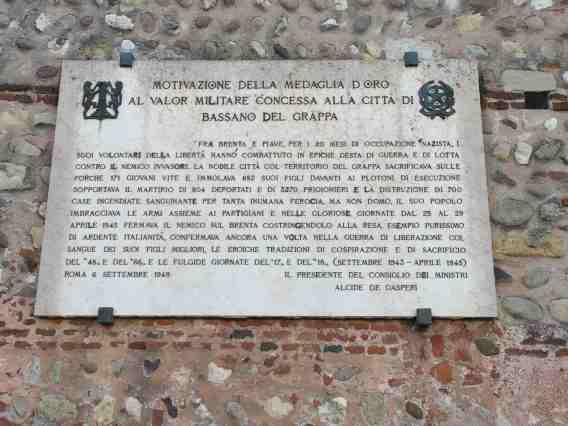
On the north side of the church of San Francesco, there is a votive chapel in memory of the fallen people of the First World War, built thanks to a public fundraising. The chapel was consecrated and inaugurated on November 4, 1927, in memory of the 320 bassanese soldiers who were killed in combat or war crimes and the 16 civilians who died under the bombings that the city was subjected during the conflict. To the left of the chapel, on the outside of the church, is a plaque with the text of the award of the gold medal to the military value of the city of Bassano for the absurdities and deportations carried out by the Nazi-fascists in the period 1943-45. To the right is a stone bas-relief of the Old Town visible, with the indication of bombs dropped in the city during the last year of the conflict. The plastic allows you to see the points of the city most targeted by artillery and Austro-Hungarian aviation. The aerial attacks were signaled by observers at the top of the Civic Tower, using a siren and bell sound, and the display of two red flags.
The civic tower

In Piazza Garibaldi the Civic Tower imposes itself with its mole, dominating the entire territory from the foot of the mountains to the plain. It is about 42 meters high and is located in the southeast corner of the first borough wall circle. However, the exact date of its rise (XII century BC) is not certain, as it is certainly not its function, whether military or civil. Indeed, it is likely that it was originally designed for military purposes but that in fact since 1349 its use was mainly civil. The municipality provided the maintenance and payroll of the custodians who were tasked with supervising from day to day Night, signaling at first the occurrence of any small fire easy to propagate and very dangerous as the dwelling was basically of wood. Certainly the tower was also crucial to the sound of the bells that governed the life of the village or could signal sudden events. The building saw several renovations: among the most important we remember the one of 1823, where it was raised and equipped with ghibelline burial and the last of 2001 that interested the completion of the interior casing, now a destination of guided tours for tourists. Just visit it at the civic museum’s ticket office in the square where you can book a guided tour.

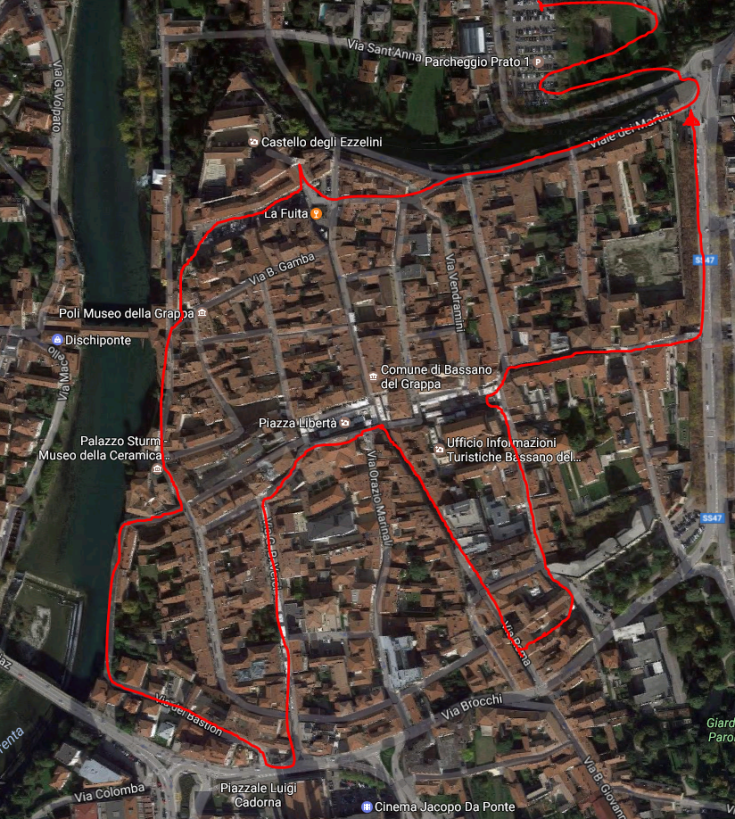

Lascia un commento